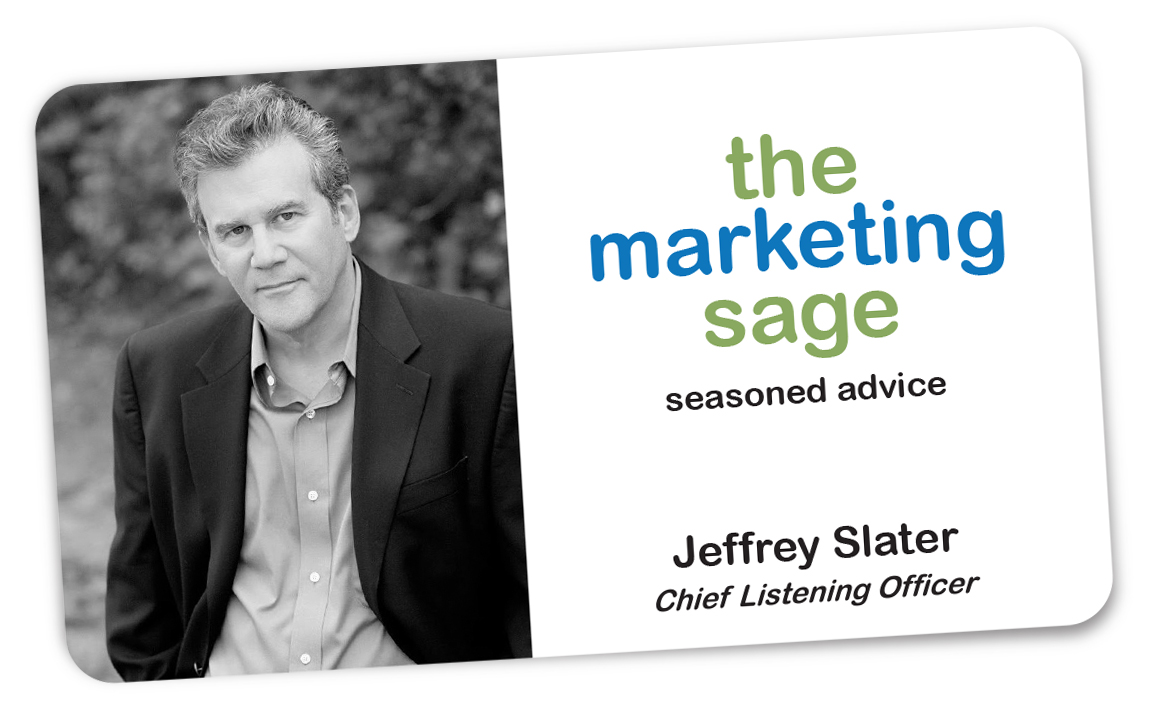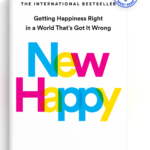Martin Lindstrom is a brilliant Danish marketing author and thought leader whose writing and unconventional approach to business inspire me. He is the founder and chairman of Lindstrom Company, a business and culture transformation group, operating across five continents and in more than thirty countries. The empathy straw story illustrates how he finds practical ways to have companies connect with their customers.
Martin’s previous books include:
- Small Data: The Tiny Clues that Uncover Huge Trends,
- Buyology – Truth and Lies about Why We Buy
- BrandWashed – Tricks Companies Use to Manipulate our Minds and Persuade Us to Buy.
While on a podcast tour for his new book, The Ministry of Common Sense: How to Eliminate Bureaucratic Red Tape, Bad Excuses, and Corporate Bullshit, he told a story, about an asthma patient and a straw that is an exquisite way to explain how companies lack empathy for their customers and clients.
The Straw Woman
Martin was working with a large pharmaceutical client who was a leader in respiratory and asthma products. They hired him to guide them on transforming their business into the twenty-first century. He met with the senior leadership team and asked them just one straightforward and simple question.
When did you last speak to a customer in their home?
There was silence.
Out of fifteen leaders, not one of the executives had done this – ever. When he asked why everyone used the excuse – compliance won’t allow it.
The CEO said – let’s work with compliance to find a way to try this idea. I think there is something of value that we are missing.
Martin and the CEO went to a patient’s home to be the guinea pigs. They met a young lady who had suffered with asthma and respiratory issues her entire life. She was open to meet and willing to share her story.
Martin asked her one simple question:
How does it feel to have asthma?
She said – “I feel alone, excluded from the world, and wholly disconnected.
Then, she reached into her pocketbook and took out a straw for both Martin and the CEO. Instead of telling you how I feel, she said I have a trick to help you understand it firsthand.
Hold the straw in your mouth, pinch your nose shut and breathe through the straw for one minute. She set a timer.
If you want to know how I feel – experience it.
Deep Breathes
It was extremely hard for both Martin and the CEO to breathe through the straw. After a short time – a lightbulb went off in Martin’s head. The empathy straw is a way for everyone in the company to walk in an asthma patient’s shoes.
The patient said, I always give an empathy straw to someone I meet to experience some compassion for me. They can feel firsthand what it is like to live with asthma. I could talk all day about it – but when you see the trouble I have breathing, you’ll have your answer to your question about how I feel.
Martin and the CEO took this idea back to their leadership team and had everyone use the straw to see what it is like to breathe like an asthmatic. By bringing empathy to the team – their awareness of the patient’s pain changed.
Today, at least once per year, every employee must use a straw for a day to develop empathy for the people they serve. And, every employee has to spend a day with an asthma patient to see what their life is like.
Empathy Doesn’t Suck
According to Martin, along with common sense, empathy levels have dropped significantly in business. Employees are no longer using common sense to make business decisions. They rely exclusively on data and KPI’s instead of including first-hand experience to make decisions.
Martin rarely uses the word empathy when he works with clients because they think it means sentimentality, crying, or cupcakes.
But nothing could be further from the truth.
Martin has borrowed the straw idea to find ways to get everyone in a company to experience the challenges a customer has to design products and services better to improve their situation.
The Blue and Green Scripts
Martin further illustrates the importance of empathy by tell the Hitchcock script story.
The great film director, made movies unlike anyone in Hollywood. When he shot movies, he always had a green and blue script.
The blue script was the set-up, props, lights, and staging. These scripts focused on the practical parts of making a movie. Where the light came from or how actors would move in a room.
The green script was what he wanted the viewer to feel. It gave direction for a consumer’s emotional journey.
He’d map the two so he could make sure everyone was viewing the making of the film from the consumer’s point of view and the emotions he wanted to stir up.
Seeing From Outside In
Companies today lack common sense. They see the world from the inside out. Martin’s book humorously tells the story of boneheaded many corporations has become.
Many corporations, especially older ones have forgotten to see the world from the consumer’s point of view looking in. Too many old-guard businesses are stuck in their old way of seeing the world and have a problem empathizing with customers.
Start with the consumers – not how you organize your departments or track metrics.
When was the last time you truly empathized with one of your customers or clients using your own empathy straw?
Want to find your company’s empathy straw?
I can help. You can set up a time to chat with me about your marketing challenges using my calendar. Email me jeffslater@themarketingsage.com Call me. 919 720 0995. The conversation is free, and we can explore if working together makes sense. Watch a short video about working with me.
Photo by Meghan Rodgers on Unsplash
Listen to Douglas Burdett’s The Marketing Book Podcast interview with Martin Lindstrom here to learn more about his wonderful new book and more of his provocative ideas.





